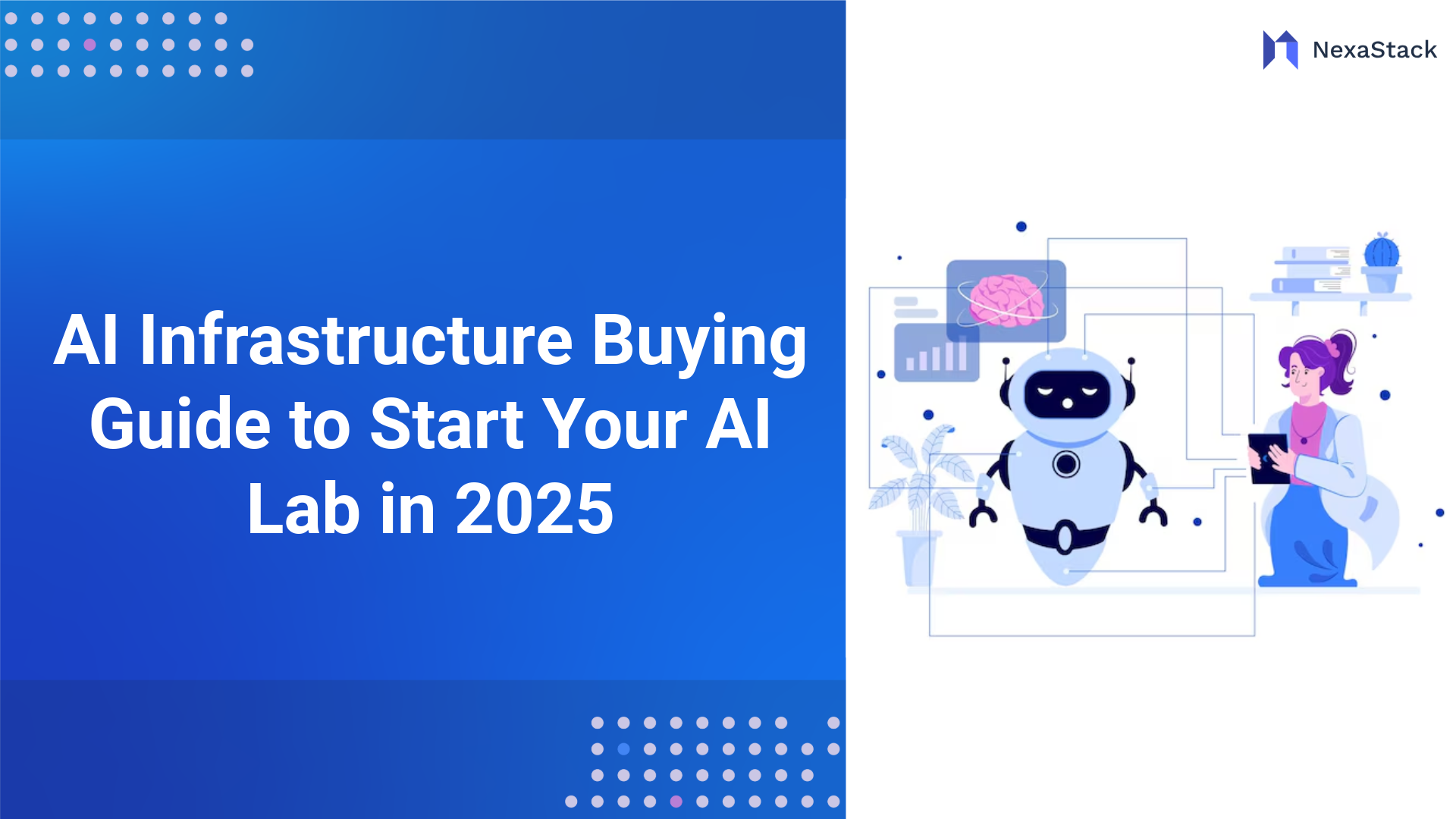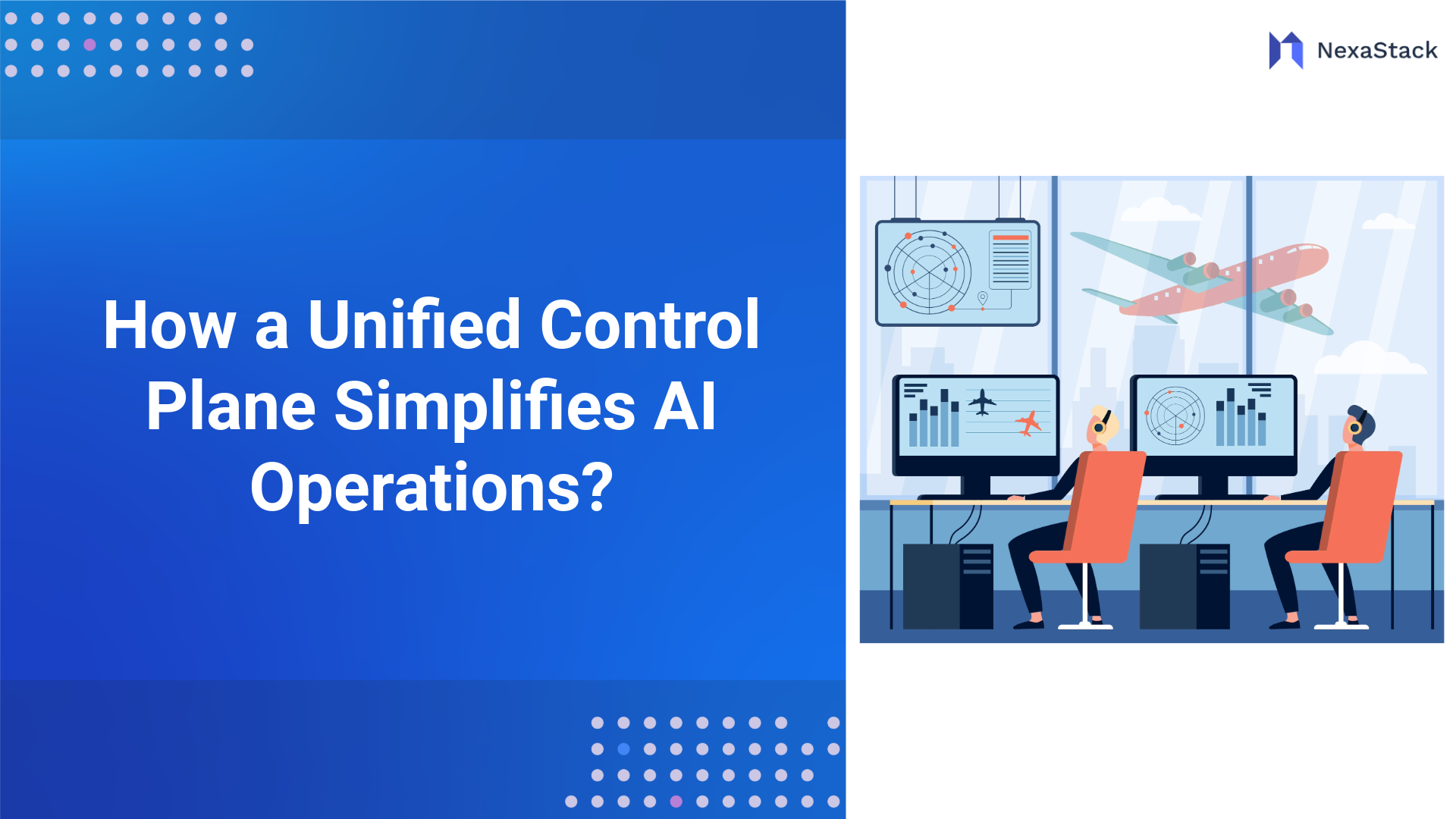Large Language Models (LLMS) have revolutionised artificial intelligence by enabling natural language processing, code generation, and conversational AI breakthroughs. However, deploying these powerful models in real-world applications introduces sophisticated engineering challenges. Traditional machine learning deployment frameworks often fall short in meeting the scalability and efficiency demands of LLMs. As a result, a new wave of LLM serving architectures is emerging—ones that go beyond static pipelines, enabling dynamic, optimized, and real-time interactions. This evolution is reshaping how organisations think about scalability, latency, cost-efficiency, and user experience when deploying AI at production scale.
In this article, we will explore the evolution of LLM serving, examining its architecture, tools, and optimization strategies in 2025. We'll discuss how modern platforms facilitate scalable and efficient deployment of LLMs, ensuring high performance and reliability in production environments.
Key Insights
LLM Serving has evolved to meet the growing demands of scale, latency, and efficiency in deploying large language models.
Scalable Deployment
Supports high-throughput and GPU-efficient inference.
Real-Time Performance
Delivers low-latency responses for interactive use cases.
Adaptive Routing
Enables dynamic model selection and orchestration.
Robust Monitoring
Provides detailed metrics and observability for model performance.
Current State of LLM Serving: Traditional Frameworks in Focus
Traditional frameworks like Flask, FastAPI, or cloud-based solutions such as AWS Lambda have been widely used for deploying machine learning models, including early LLMs. These frameworks are effective for small-scale or prototype applications but face significant challenges as LLMs grow in complexity, size, and operational demands.
In a typical setup, an LLM is deployed via a REST API or an inference pipeline built on these frameworks. However, the scale of modern LLMs, with billions of parameters and high computational requirements, reveals several limitations:
- Scalability: Traditional frameworks are not designed for the massive inference demands of LLMs and struggle to handle high request volumes.
- Latency: Real-time applications, such as conversational AI, require ultra-low latency, which traditional frameworks often fail to deliver.
- Model Management: Managing versioning, updates, and rollbacks for LLMs in traditional setups is complex and error-prone.
 Fig 1. The diagram shows the flow of a model inference request, starting from the user and passing through the REST API to the model inference engine. The results are then sent back to the user and stored with proper model versioning.
Fig 1. The diagram shows the flow of a model inference request, starting from the user and passing through the REST API to the model inference engine. The results are then sent back to the user and stored with proper model versioning.
Understanding the Unique Demands of LLM Inference
Large Language Models (LLMs) have revolutionized the field of artificial intelligence, but their deployment introduces challenges that differ significantly from those encountered with traditional machine learning models. Unlike image classifiers or simpler NLP models, LLMS are characterised by their massive parameter counts, complex inference patterns, and the need to generate contextually relevant text in real time. These unique demands have profound implications for how LLMs are served in production environments.
Key Characteristics of LLM Inference
-
Autoregressive Decoding: LLMs generate text one token at a time, with each token depending on the preceding context. This sequential nature makes inference slower and more resource-intensive than models that produce parallel outputs.
-
Memory-Intensive KV Caching: To efficiently generate long sequences, LLMs store intermediate states (key-value caches) for each user session. This can quickly consume available GPU memory, especially when serving multiple concurrent users.
-
Variable Request Patterns: Real-world applications see highly variable input and output lengths, leading to unpredictable computational loads. Traditional static batching strategies often result in underutilized hardware or increased latency.
-
High Throughput and Low Latency Requirements: User-facing applications, such as chatbots or virtual assistants, demand rapid responses and the ability to handle thousands of simultaneous requests without degradation in performance.
-
Scalability and Distribution: As LLMs grow, they often exceed the memory capacity of a single GPU, necessitating distributed inference across multiple GPUs or even nodes.
-
Dynamic User Sessions: Each user interaction may require maintaining session-specific state, increasing the complexity of request handling and resource allocation.
The Business Case for Specialized LLM Serving Frameworks
The transition to specialized LLM serving frameworks is driven by compelling business needs, addressing performance, scalability, and operational efficiency.
-
Business Agility: Specialised frameworks allow rapid deployment and updates of LLMS, enabling businesses to stay competitive in AI-driven markets.
-
Cost Efficiency: Optimized inference and scaling reduce infrastructure costs, minimizing the overhead of running resource-intensive LLMs.
-
Real-Time Decision Making: Applications like chatbots and virtual assistants benefit from low-latency inference, improving user experience and business outcomes.
-
Security and Compliance: Specialized frameworks offer enhanced monitoring, auditing, and validation features to meet regulatory and security standards.
Key Innovations in Modern LLM Serving
The latest generation of LLM serving frameworks has introduced a suite of groundbreaking innovations to address the unique challenges posed by LLM inference. These advancements are designed to maximize hardware efficiency, reduce costs, and deliver faster, more reliable AI experiences at scale. Let’s explore the most significant innovations shaping the future of LLM serving.
Major Innovations Driving LLM Serving Forward
-
PagedAttention and Efficient KV Cache Management: Modern frameworks implement advanced memory management techniques like PagedAttention, which allow the system to store and retrieve only the necessary portions of the key-value cache. This drastically reduces GPU memory consumption and enables larger models or more concurrent users to be served on the same hardware.
-
Continuous and Dynamic Batching: Unlike traditional static batching, continuous batching dynamically groups incoming requests based on their sequence lengths and arrival times. This leads to higher GPU utilisation, minimises idle time, and reduces overall latency, especially in scenarios with unpredictable traffic.
-
Optimized Scheduling Algorithms: New scheduling strategies intelligently prioritize and allocate resources for inference tasks, ensuring that high-priority or time-sensitive requests are handled promptly without starving other workloads.
-
Seamless Distributed Inference: Specialized frameworks support native model sharding and tensor/model parallelism, allowing extremely large LLMs to be split across multiple GPUs or nodes. This enables organizations to deploy state-of-the-art models that would otherwise be too large for a single device.
-
API Compatibility and Integration: Many modern serving solutions offer out-of-the-box compatibility with popular APIs, such as OpenAI’s endpoints or Hugging Face’s interfaces. This simplifies integration with existing applications and accelerates development cycles.
-
Support for Quantization and Model Optimization: Built-in support for quantized models and other optimization techniques allows for faster inference and lower memory usage, making it feasible to deploy LLMs on a wider range of hardware, including edge devices.
-
Enhanced Observability and Monitoring: Advanced frameworks provide integrated tools for tracking performance metrics, resource utilization, and system health, enabling proactive management and rapid troubleshooting.
Implementation Strategy: Building for the Future
Adopting specialized LLM serving frameworks requires a strategic approach to ensure seamless integration and long-term success. Below is a roadmap for implementation:
-
Assess Business Requirements: Identify specific LLM needs, such as inference frequency, acceptable latency, and scalability requirements.
-
Evaluate Framework Options: Frameworks like NVIDIA Triton Inference Server, Hugging Face Infinity, or vLLM are tailored for LLM serving, offering features like model parallelization and hardware acceleration.
-
Data Pipeline Integration: Ensure the framework integrates with existing data pipelines for smooth data ingestion, processing, and prediction delivery.
-
Testing & Validation: Conduct rigorous testing to verify performance under load and validate prediction accuracy against business objectives.
Fig 2 : The diagram outlines the data pipeline implementation flow, starting with defining business requirements and framework selection, through integration and testing, to deployment and ongoing monitoring and optimization.
Performance Comparison: Traditional vs. Specialized Frameworks
Comparing traditional and specialized LLM serving frameworks highlights significant differences in key performance metrics:
-
Scalability: Specialized frameworks support horizontal scaling, handling thousands of concurrent requests across distributed systems, while single-threaded designs limit traditional frameworks like Flask.
-
Latency: Frameworks optimised for LLMS leverage GPU acceleration and efficient memory management to achieve sub-second inference times, critical for real-time applications.
-
Maintainability: Built-in versioning and rollback features in specialized frameworks simplify LLM management, unlike the manual processes required in traditional setups.
-
Resource Utilization: Specialized frameworks optimize CPU, GPU, and memory usage, reducing costs in large-scale deployments.
Fig 3. This flowchart compares traditional and specialized frameworks for LLMs, highlighting their impact on performance and resource use.
Migration Framework: Moving from Traditional to Specialized LLM Serving
Migrating to specialized LLM serving frameworks involves careful planning to minimize disruption. The following steps outline the process:
-
Initial Assessment: Identify bottlenecks in the current infrastructure, such as latency or scalability issues.
-
Prototype and Test: Implement a specialized framework for a single LLM use case, comparing performance against the traditional setup.
-
Gradual Migration: Incrementally migrate additional models, ensuring business continuity during the transition.
-
Training and Support: Equip teams with the skills to operate the new framework effectively.

Fig 4. A flowchart outlines the step-by-step process for optimising infrastructure and migrating to a specialised LLM serving framework.
ROI Measurement: Quantifying the Impact of LLM Serving Evolution
Measuring the ROI of specialized LLM serving frameworks is essential to justify the investment. Key metrics include:
-
Performance Metrics: Reduced inference time and improved throughput enhance business outcomes, such as faster customer interactions.
-
Operational Efficiency: Automation of scaling and model management reduces operational costs.
-
Customer Impact: Low-latency, accurate LLMs improve user satisfaction, driving retention and growth.
-
Cost Savings: Optimised resource utilisation lowers cloud and infrastructure expenses.
Conclusion: The Future of LLM Serving
Businesses leveraging large language models must evolve from traditional to specialized LLM serving frameworks. These frameworks enable organizations to meet the demands of modern AI applications, delivering scalability, low latency, and operational efficiency. By adopting specialised solutions, businesses can enhance performance, reduce costs, and position themselves as leaders in the AI-driven future.
Next Steps with Beyond Traditional Framework
Talk to our experts about implementing compound AI system, How Industries and different departments use Agentic Workflows and Decision Intelligence to Become Decision Centric. Utilizes AI to automate and optimize IT support and operations, improving efficiency and responsiveness.


